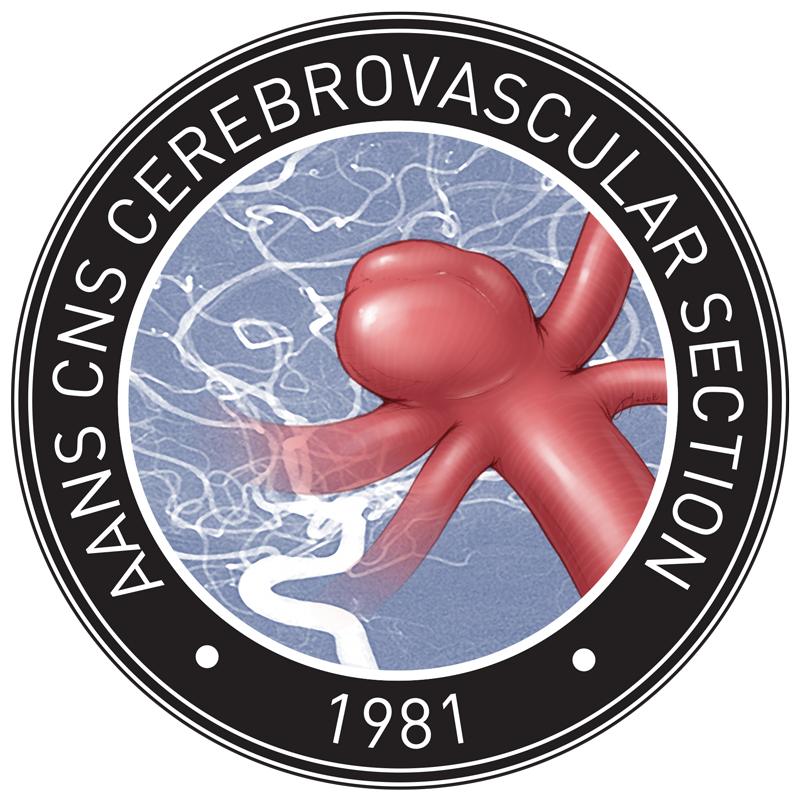Vessel Wall Enhancement and Blood–Cerebrospinal Fluid Barrier Disruption After Mechanical Thrombectomy

In this recently published study, the investigators performed gadolinium-enhanced MRI to identify the rate of vessel wall permeability impairment and blood-CSF barrier (BCSFB) disruption. A prospective cohort of 60 patients were included in this study. Vessel wall permeability impairment was defined as vessel wall enhancement on MRI 24-48 hrs after thrombectomy, and severe BCSFB disruption was identified as subarachnoid hemorrhage or gadolinium sulcal enhancement (present across >10 slices).
Overall, 34 (57%) patients had vessel wall enhancement and 27 (45%) had severe BCSFB disruption. Multiple stent-retriever pass was significantly associated with both vessel wall enhancement and BCSFB disruption, which were also associated with poor functional outcome. While the ideal diagnostic means for vessel wall damage during mechanical thrombectomy can be further debated, this study shed light on the potential harm of multiple stent-retriever pass during stroke intervention
